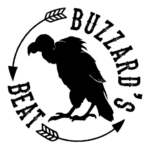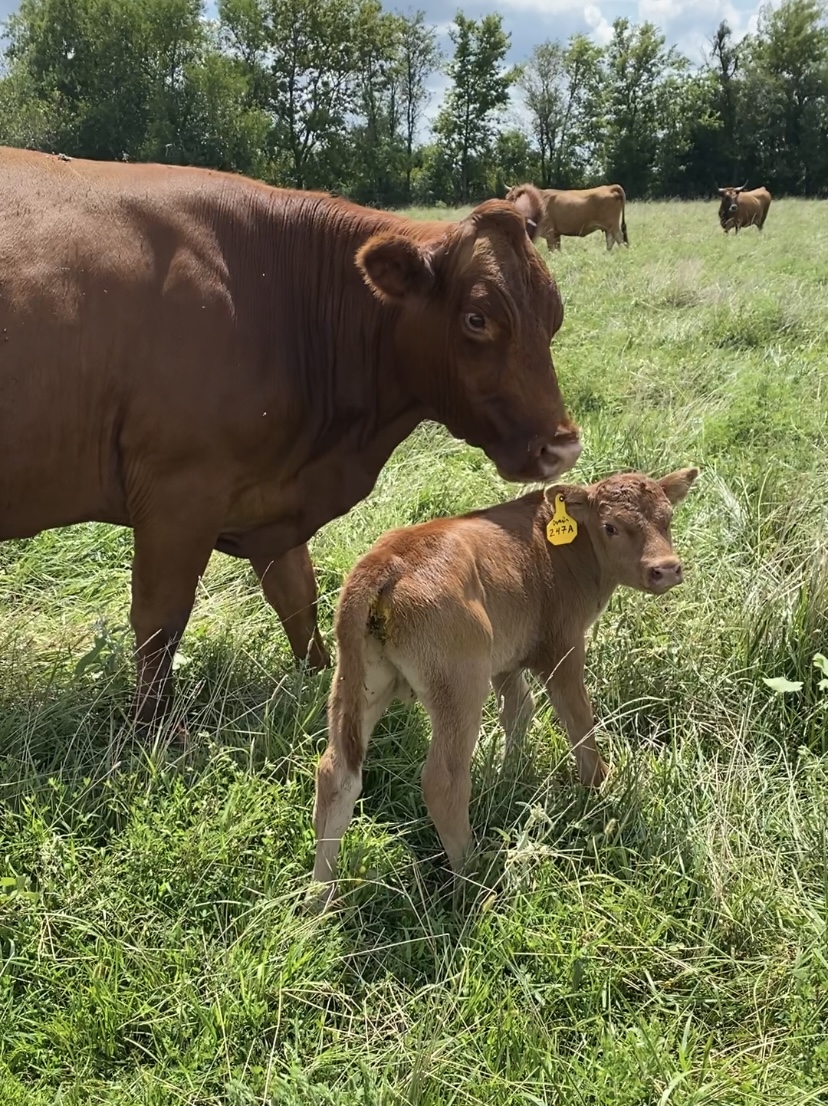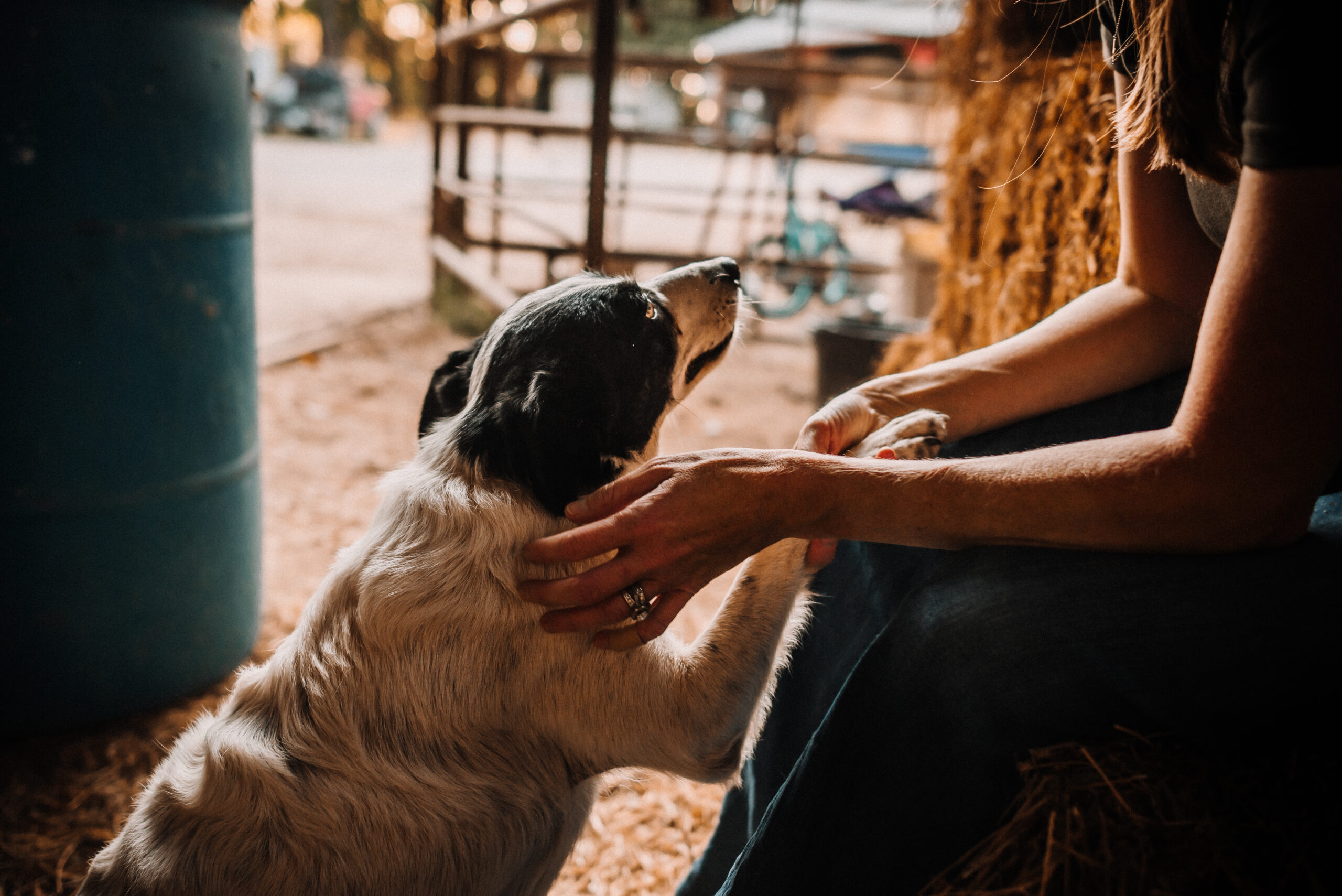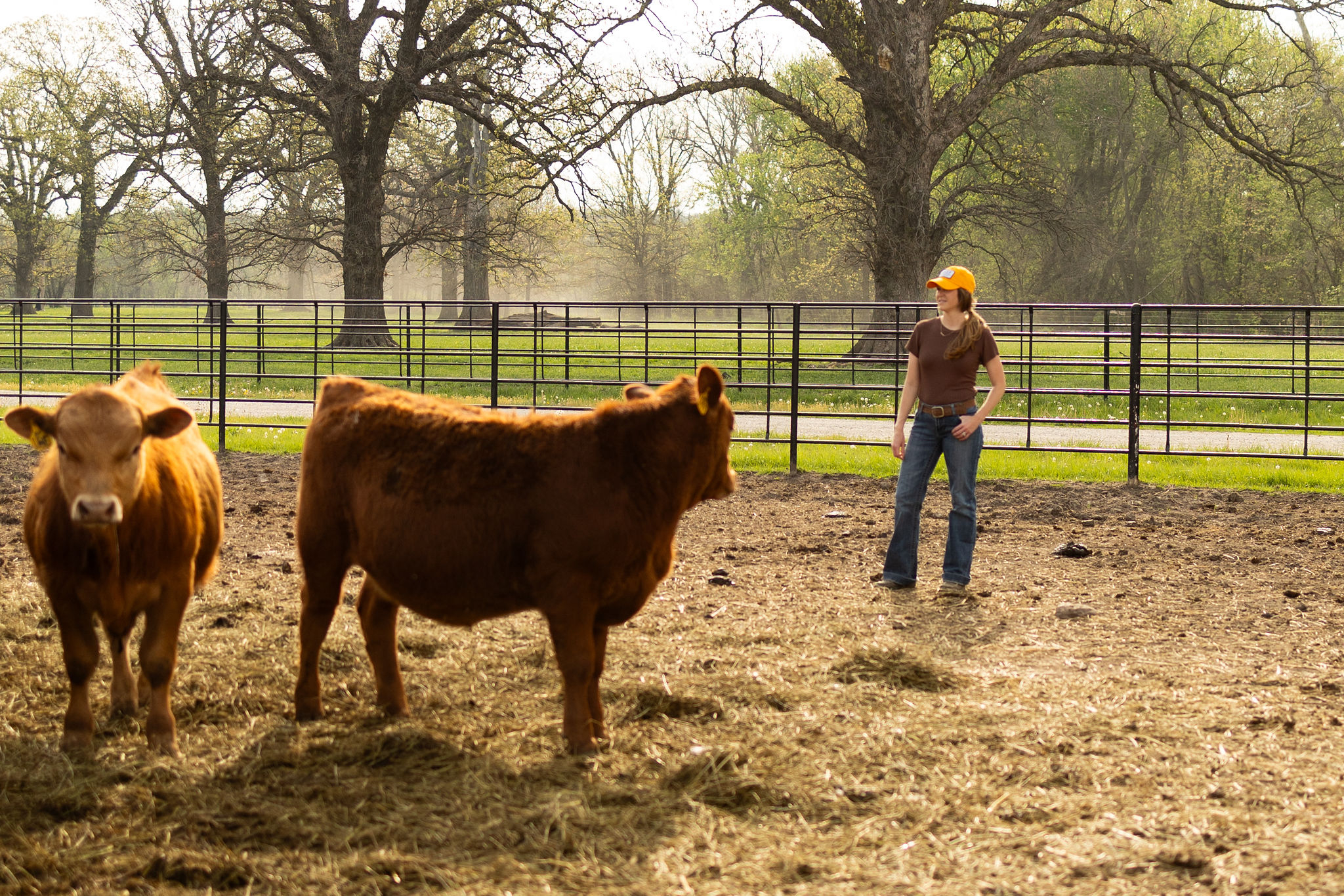Calving season just wrapped up a few weeks ago for us and while Ol Saint Nicholas might disagree, calving season is absolutely the most wonderful time of the year for us. And you might think it’s weird I’m talking about calving season in November, because lots and lots of cattle owners have baby calves in the Feb-April time frame, however we are fall calvers so we avoid all that snowy stuff and calve in late August – late October (ideally – we usually have a few stragglers in November).
In the beef community, there are two main calving seasons: spring and fall. Spring calving is the predominantly utilized season and cows will generally begin to calve in late January and will wrap up sometime in early April. Fall calving, as we implement on our ranch, begins in mid-August and wraps up around the end of October or early in November, ideally. And while producers may have differing opinions on which season is “best,” we all have our own reasons for our production choices. Here are five reasons we calve in the fall:
- We aren’t farmers – Many producers who spring calve also grow crops which are harvested during September and October. To split up the heavy workload, they will calve in the spring so they aren’t trying to provide highly intensive care for their cows while also putting in 18 hour days to harvest crops. On our ranch, we don’t grow any crops other than a few acres of corn for silage so we don’t have the timing conflict in the fall as some other producers do.
- We don’t want to calve in the snow – While the weather is generally hot in August and September, it’s a blessing that it’s not below zero. We choose to calve in the fall (in 2021 we calved in spring and fall, but that is a one-time occurrence) to avoid the risks of having calves in below freezing weather and the potential for cold weather consequences. However, there are also potential consequences for fall calving. For example, if our cows calve too late in November and it’s constantly raining, the calves are born into a very cold and muddy environment, which isn’t ideal for their health. There are risks associated with calving in both the fall and the spring, so farmers and ranchers are always implementing risk management strategies to care for their cattle.


- Our work lives are busier in the spring – My husband and I both have full-time jobs, in addition to our ranching business, and subsequently, we have conference and work commitments from January – March. Calving in the spring would cause a tremendous amount of stress and logistical management for one or both of us if we were trying to juggle work travel, two kids and a herd of pregnant cows. By pushing our calving season to the fall, we are simplifying the load that we each carry while also keeping our cows’ needs a top priority.
- The market favors spring-weaned calves – In the fall, calves that are born in the spring are weaned and then marketed, many through auction markets. Simple supply/demand applies and when there are more calves available, prices reflect so. However, there are fewer weaned calves available in the April/May time frame, so the prices don’t dip as significantly at that time. We don’t sell a lot of calves at auction markets, but when we do we like having an up market on our side.
- Reproductive performance – Heat stress can significantly impact if a cow is able to “breed back” or get pregnant quickly in a May/June breeding season, which is when spring calving herds breed their cows. However, we breed our cows in November (we just finished up yesterday actually), so there is zero heat stress to take into effect. Additionally, our cows come out of calving season in very good condition because they eat fresh green grass all summer, get “fat n’ happy” before they calve and then are still in good body condition headed into breeding because they are eating our cool season fescue grass, which gets another jump start of growth when fall temperatures and moisture hits.
There are 1000 ways to raise cattle and no single way is “the right way” – the same goes for calving seasons. We calve in the fall because it works well for our family however, cattle farmers and ranchers that calve in the spring are doing so for the same reason: it works best for them. And honestly, that’s all we can expect; to support our fellow ranchers and to do the best we can on our own ranch.
Until next time
~ Buzzard ~
P.S. If you wish to receive posts in your inbox automatically, sign up on the homepage in the right side pane. Furthermore, follow my ranch life activities on Instagram: @brandibuzzard.



